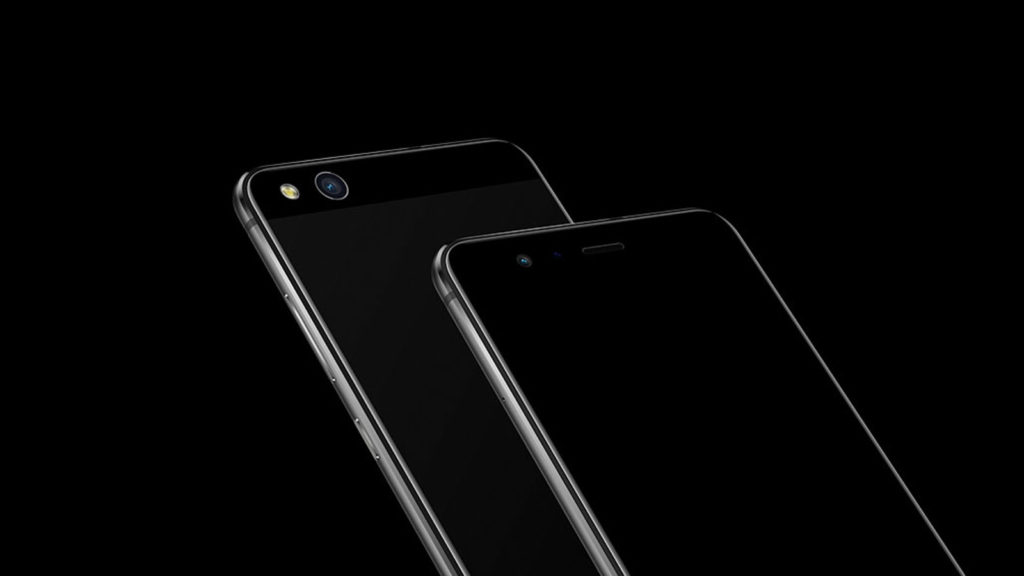We can expect next year’s mid-range smartphones to effectively pack double the performance compared to current budget devices.
This is according to Laurence Bryant, vice-president of the personal mobile compute business line at ARM.
No ad to show here.
The performance boost is chiefly thanks to ARM’s new CPU core designs and new tech for pairing these cores together.
ARM is the company behind the architecture and CPU cores used in the vast majority of smartphones worldwide. From Alcatel, Apple and HTC to Sony, Samsung and Huawei, their technology is used by virtually all mobile players to some extent.
The company is introducing a new Cortex-A75 CPU core for heavyweight tasks, replacing last year’s A73 and A72 cores. But it’s also upgrading the power-sipping Cortex-A53 core for the first time in roughly four years, delivering the Cortex-A55 CPU core.
ARM told Gearburn that budget smartphones could expect a massive power boost from their new tech
But the boost also comes from the company’s DynamIQ tech, allowing better flexibility in how these cores are mixed. So you could have one powerful A75 core and three A55 cores instead of a low-powered quad-core arrangement. Or instead of an octacore arrangement of low-powered cores, you could make one of them an A75 core.
The latter user case is especially notable, as octacore Cortex-A53 chips are used in loads of mid-range smartphones today, such as the Xiaomi Redmi 4A (review), HiSense KO and C30 Rock (review), the Huawei P8 Lite/P9 Lite/P10 Lite/Nova, Nokia 5/6, Moto Z Play (review) and much more.
“In real life use-cases, the use of 1+7 [one high-powered A75 core and seven low-powered A55 cores – ed] will double the performance compared to many octacore solutions used in the volume tier, so we are expecting great adoption,” Bryant told Gearburn.
The move to a 1+7 arrangement shouldn’t be too different from a technical point of view either, as Bryant elaborates.
“As an example, with the right cache sizing, a 1 big plus 7 little core arrangement is negligibly larger in silicon than octacore A53.”
In other words, we can expect the line between high-end phones and budget devices to blur even further when these new chips are out.
